ZASTAVENIE SA PRI TVORBE SCÉNOGRAFA VLADIMÍRA SUCHÁNKA
Review of: Dagmar Podmaková- Dana Janáčková: Vladimír Suchánek: Scénografia. Senica : Záhorská galéria Jána Mudrocha v Senici, 2013. 208 s.
More...We kindly inform you that, as long as the subject affiliation of our 300.000+ articles is in progress, you might get unsufficient or no results on your third level or second level search. In this case, please broaden your search criteria.
Review of: Dagmar Podmaková- Dana Janáčková: Vladimír Suchánek: Scénografia. Senica : Záhorská galéria Jána Mudrocha v Senici, 2013. 208 s.
More...
This study provides an analysis of manners of staging of the theatre plays which focus on the personality of Ľudovít Štúr and which were premiered in Slovak professional theatres in 2015. Most of them were dramas which very often combined with elements of theatre of poetry or theatre of documentary. A few were theatre shows with elements of pantomime and puppet theatre or scene series. No operas, ballets, musicals or pure puppet shows were produced. The analysis focuses on seven productions which premiered in the year of Štúr’s anniversary.
More...
Review of: Martina Borodovčáková - KROČANOVÁ, Dagmar. Výkrik – voľba (Vojnová a povstalecká téma v slovenskej dráme 20. storočia). Bratislava: Divadelný ústav, 2014. 263 + 543 s.
More...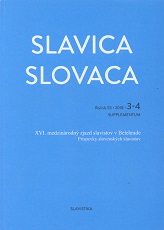
Through concrete theatrical productions of one stream of documentary Russian and Slovak theatre the authoress makes comparisons between various approaches, forms and the messages of cultural creatives. She presents two strands of new drama against the backdrop of the events and recollections of World War II and of the conversations between refugees, whereby producers based themselves on literary models. The socio-political situation and new media (the Internet, web community systems and others) have a significant impact on the thinking and maturing of young people. The content of the word, of a sign and the capacity of the viewer to perceive a theatrical performance as a whole have become important once again. Selected theatrical performances point to different approaches and a different reception of a new theatre in two Slavic cultures.
More...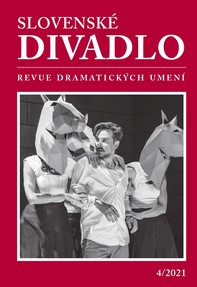
The aim of the study is a comprehensive analysis of the little-known dramatic fragment Na Luciu, written by the classic of Slovak literature Pavol Országh Hviezdoslav. The complexity of the applied approach lies in the use of several research methods (heuristic, comparative, analytical-synthetic), which are used to assess relevant facts of theoretical (the form-genre area of drama, romantic-realistic creative principle) and the material character (the circumstances of the creation of the dramatic fragment, the thematic background of its creation, the structural characteristics of the text).
More...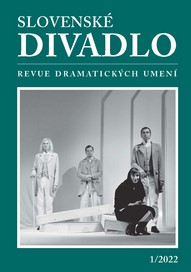
Pavel Orszagh Hviezdoslav’s masterpiece, the lyrical-epic composition Hájnikova žena [The Gamekeeper’s Wife] boasts undeniable dramatic qualities, which have been reflected on by Slovak theatre in several dramatisations and productions. The study primarily analyses the dramatisation of a specific literary work in its relation to its future stage adaptation. It focuses on the relevant attempts to come to terms with a language-specific, genre-syncretic form in an inter-genre-al and intersemiotic artistic space.
More...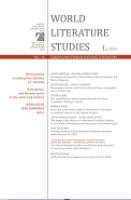
This article examines the strategies for creation of the images of the Other and the One-of-Us asexemplified in postmodern prose and dramaturgy (Evgenii Grishkovets’ drama Zapiski russkogoputeshestvennika [Notes of a Russian traveler], 2011; Maria Arbatova’s dramatic traveloguePo doroge k sebe [Eng. trans. On the Road to Ourselves, 1998], [1992] 1999; Vladimir Tuchkov’shypertext novel “Russkii I Tszin” [Russian I Ching], 2009; Valerii Kislov’s comical treatise “Kratkiikurs u-vei” [A short course on wu wei], 2009). The close attention to the images of the East andthe West and emphasis placed on similarities and differences with the Russian worldview is drivenby the transitional character of Russian culture and its search for identity. The dominant strategyemerges in reviewing the outdated images of the Other and the One-of-Us. By creating theseimages, the authors employ a range of strategies: demythologization/mythologization, inversion,and apophatics. The common intention of the works lies in promoting cultural dialogue.
More...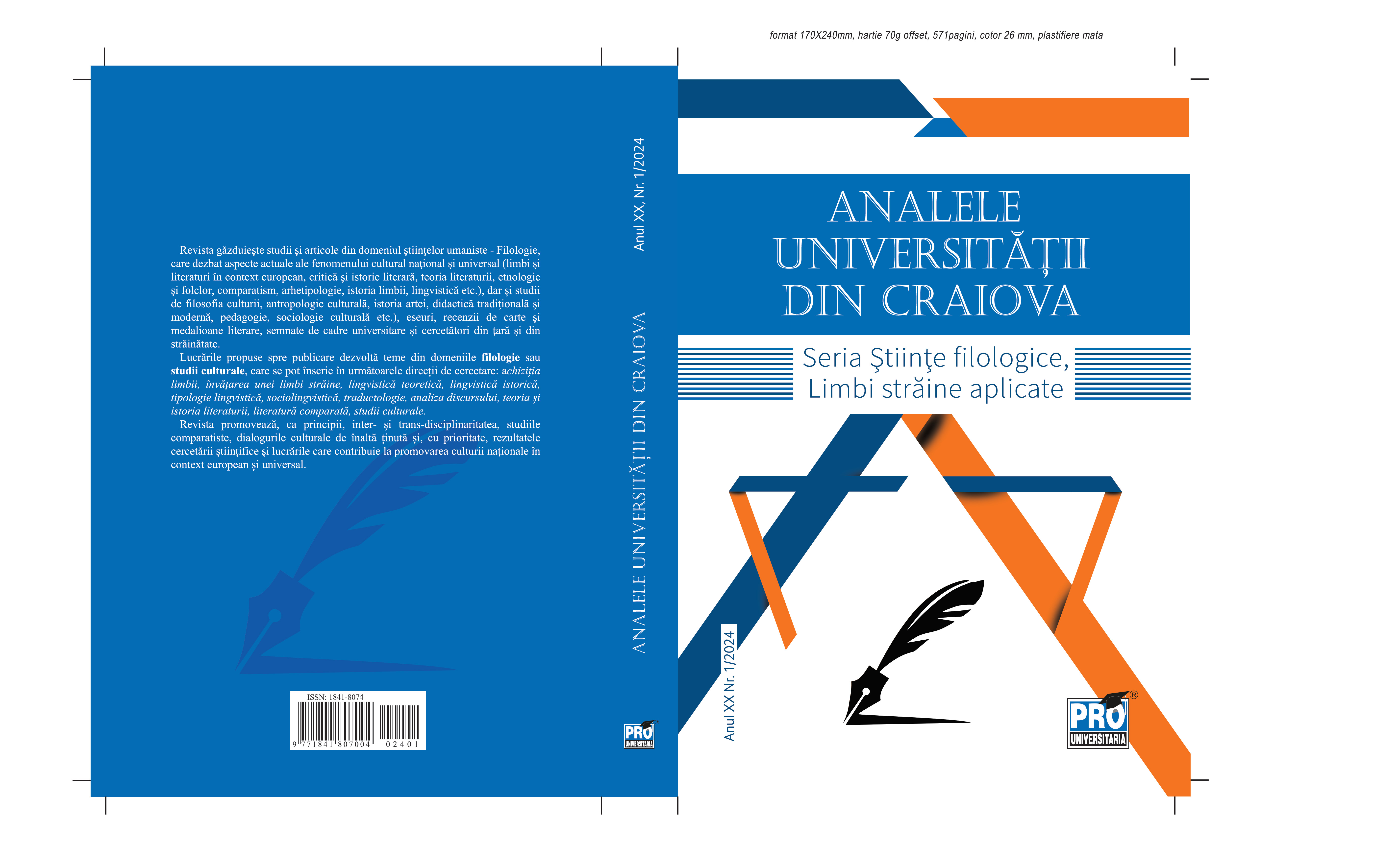

In this article (Le temps du monologue dans le théâtre d’Eugène Ionesco : L’Impromptu de l’Alma et Tueur sans gages), we propose to study the inflections of the monologue in two plays by Eugène Ionesco: Improvisation at Alma and The Killer. The first play was written to satirise Roland Barthes or Bernard Dort. Both are criticised by a monologue held by the central character of the text: Ionesco, the author. In The Killer, Béranger, a potential buyer of a house in the neighbourhood where a murderer is active, tries in vain to communicate with the killer. The 'dialogue' with the killer turns into a very long monologue in which the hero expresses all his fears. Although the monologue has become an essential part of theatrical performance, it has its roots in the novel or the short story. This research is a thematic study and the method used is the comparative approach.
More...
Liz Lochhead’s “Introduction” to her play Mary Queen of Scots Got Her Head Chopped Off establishes a commonality in the lived experience of Mary Stuart and Elizabeth Tudor and, indeed, the lived experience of contemporary women, by situating feminist issues of sex and gender, and their relationship with politics, at the heart of the play. Through these issues, Lochhead identifies an obvious potential basis for female solidarity and bonding which the historical events behind the play’s plot do not reflect in terms of actual, realised female bonds. Therefore, relying on the insights of Simone de Beauvoir, Judith Butler, Mary Hawkesworth and bell hooks, this paper aims to explore the manner in which the play Mary Queen of Scots Got Her Head Chopped Off demonstrates and explains the lack of female bonds under patriarchal influences, even in cases in which factors such as class and race are not established as points of division, by regarding sex as an ideal construct which shapes the materialisation of the body, and gender as a culturally-conditioned performance.
More...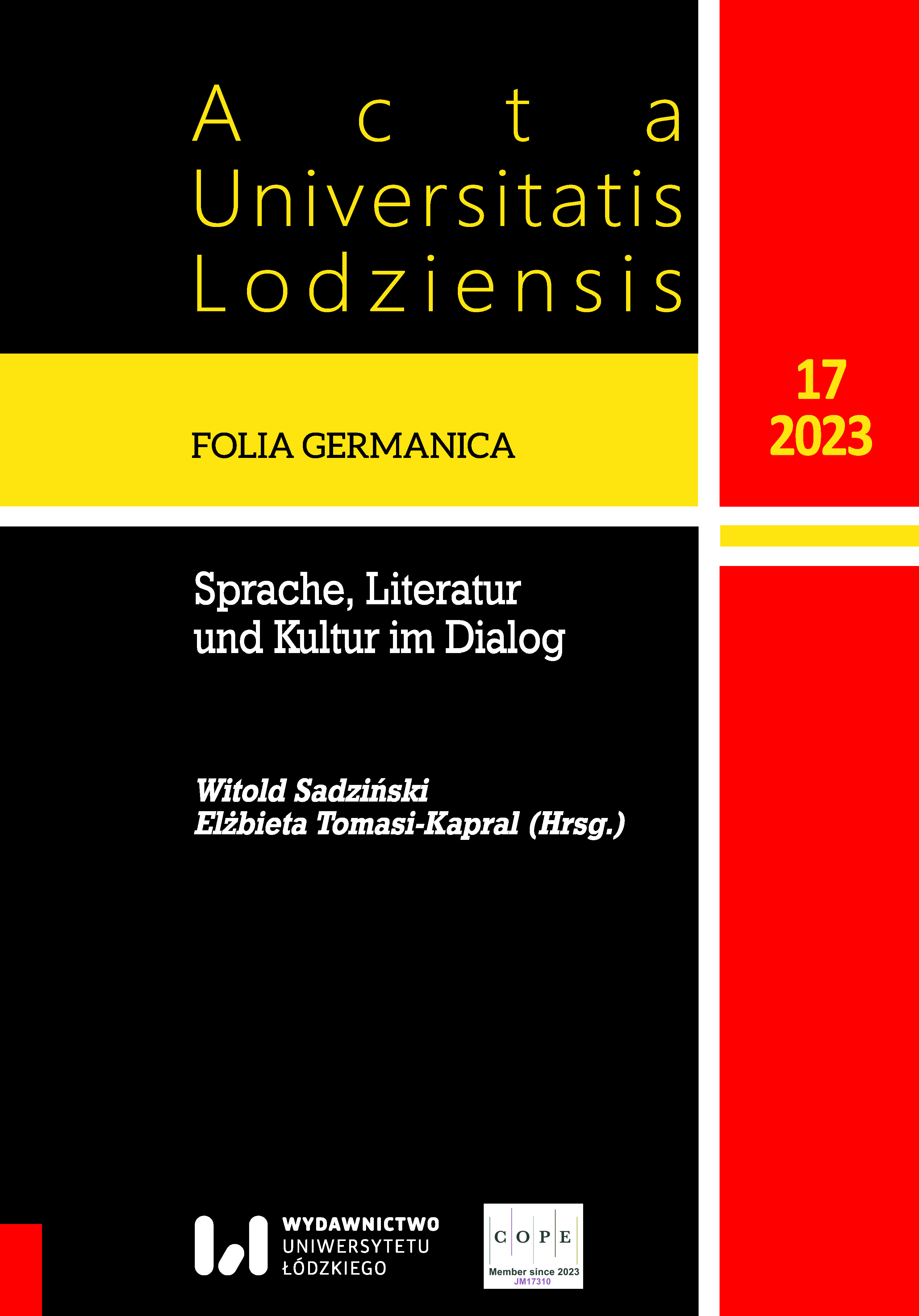
Power is the main theme of the play Bang, which polish premiered in 2019 and took place at the New Theater of Kazimierz Dejmek in Łódź. The play was directed based on the drama of the same title, written by the contemporary German author and playwright Marius von Mayenburg. The aim of the article is to analyze and describe the means by which the viewer has the opportunity to understand why the theme of power is highlighted against the background of others presented in the play and to answer the question of what is the reason for the main character Ralf Bang’s desire to exercise power even before his own birth.
More...
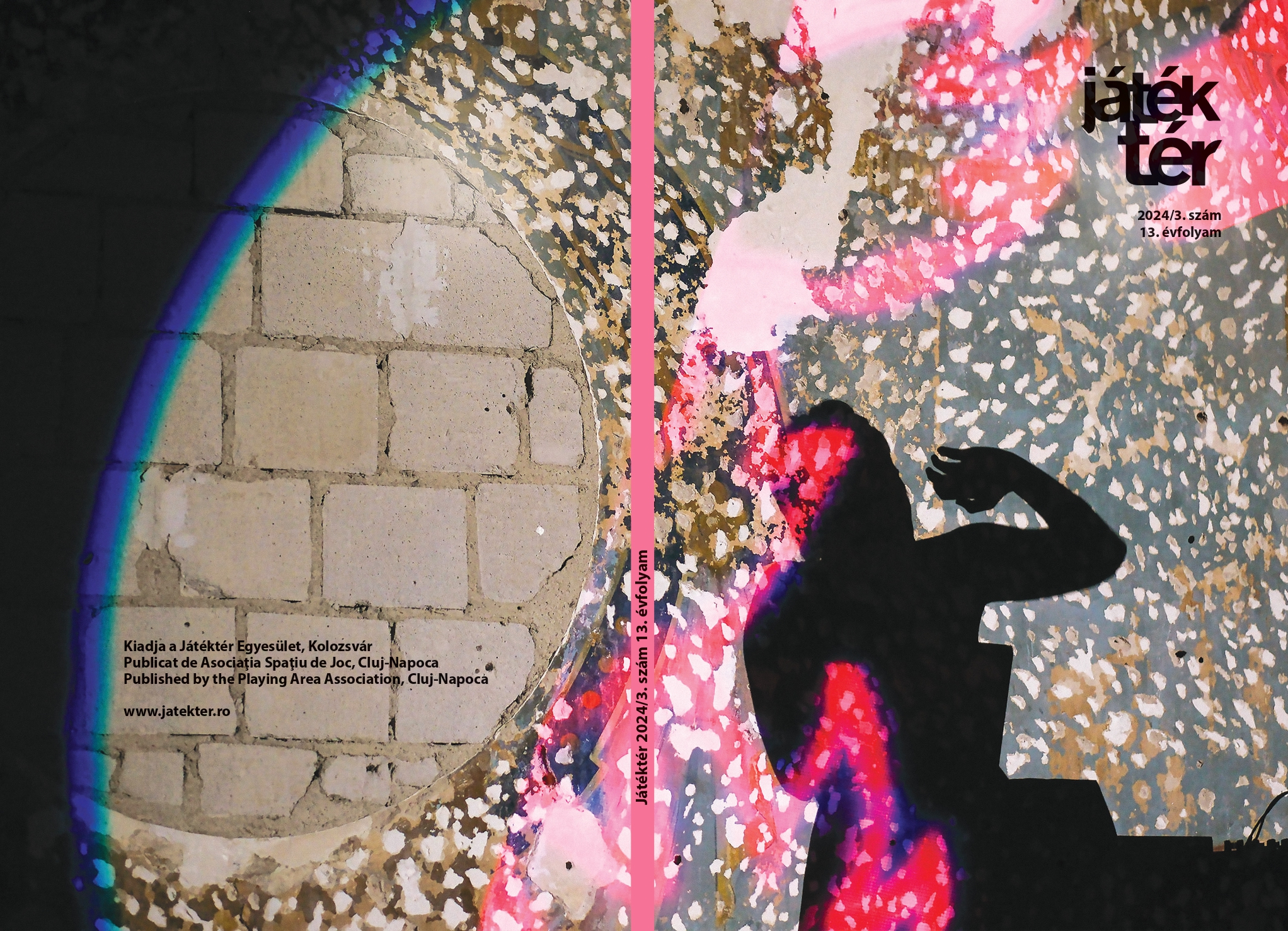
In spring 2024, the theatre journal “Játéktér” announced a drama competition with a focus on the topic of the journal’s 2024/3 issue. Twenty-three texts have been submitted. The winning plays are going to be published in our journal.
More...
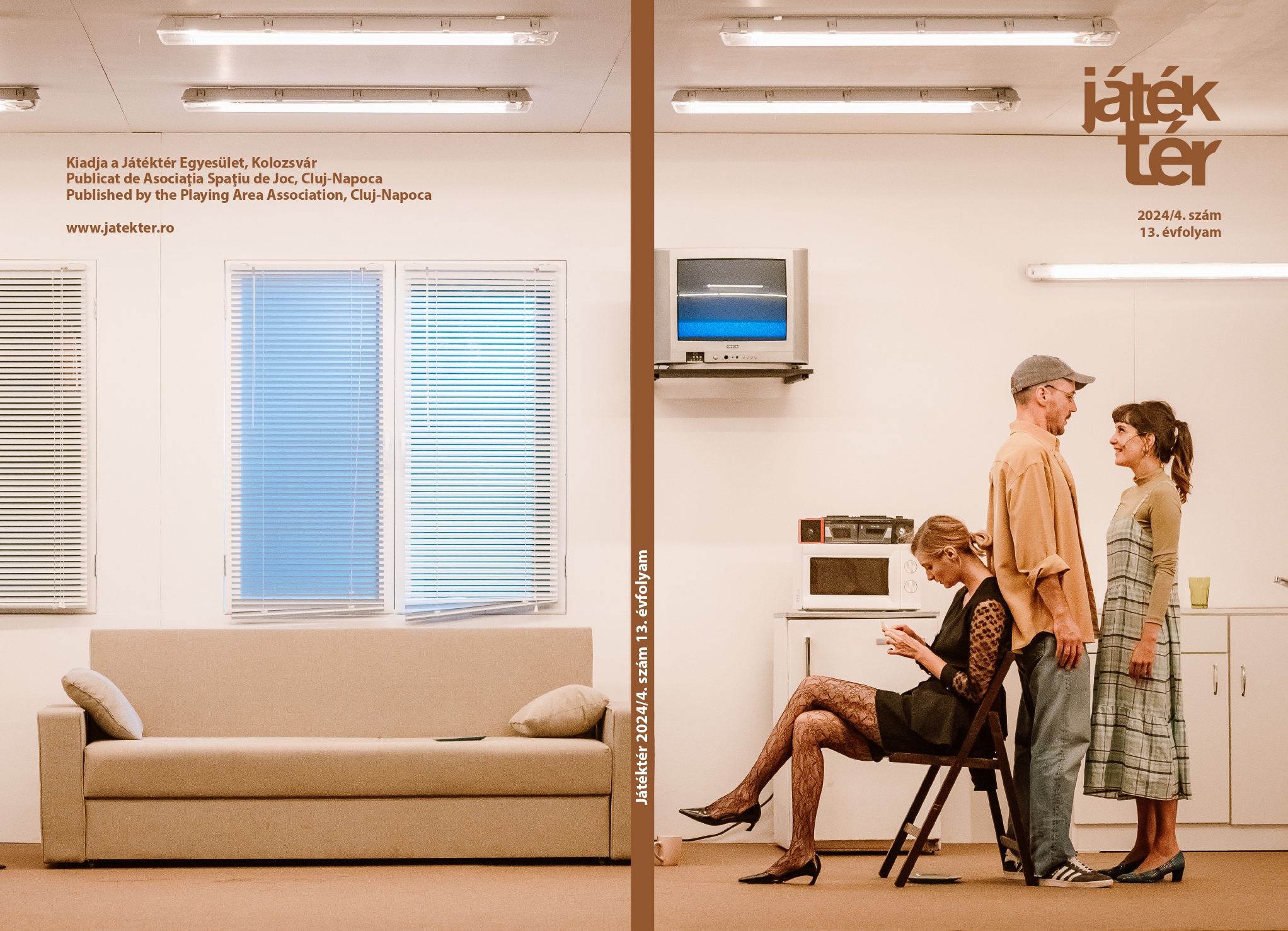
Contributors: Ádám Nádasdy, Csaba Székely, Éva Patkó, Zsófia Domsa, Yvette Jankó Szép, Jozefina Komporaly, Mária Albert, Ferenc André. This survey on drama translation explores the challenges and nuances of translating plays for the stage, emphasizing the dual nature of translation as both creative rewriting and cultural mediation. Contributors — including translators, dramaturgs, and theater professionals — discuss how fidelity to the original text must balance with the demands of performability and cultural relevance, especially given the ephemeral nature of theatre. They reflect on issues like the relationship between source and target languages, the impact of cultural contexts, and the translator’s interpretive responsibility. Examples range from adapting Shakespeare and Fosse’s minimalist style to navigating cultural specificities in modern plays, underscoring translation as a collaborative, ongoing, and dynamic process integral to theater making.
More...
This conversation between Tímea Nagyosy and Brigitta Csog focuses on the challenges and methodologies behind translating contemporary Romanian dramas into Hungarian, particularly for stage performances. The authors, who have received training in theatre studies, discuss the importance of finding a balance between faithful translation and adaptation, the context-sensitivity of theatrical translation, and the differences in the expectations of Hungarian audiences in Romania vs. those in Hungary. The complexity of subtitling is also explored, as well as the interplay between dramaturgy and translation in order to create a translation that works cohesively within the overall performance.
More...
What is the secret of Don Juan? Why does this rebellious sybarite revelling in adventurous stories keep reappearing in the history of drama? Don Juan is an artist of the fleeting moment, who makes a game of everything, embraces every principle and idea, if only to oppose them. For Don Juan nothing is sacred. He assumes different identities as if they were costumes. He juggles these roles as he juggles the people he meets along the way, who are not real people to him, but extras, roles, masks and spectators – spectators of his life’s performance. Ádám Fekete and Péter István Nagy have written a new Don Juan story that evokes the most important elements of the myth and frees it from the ballast imposed on it.
More...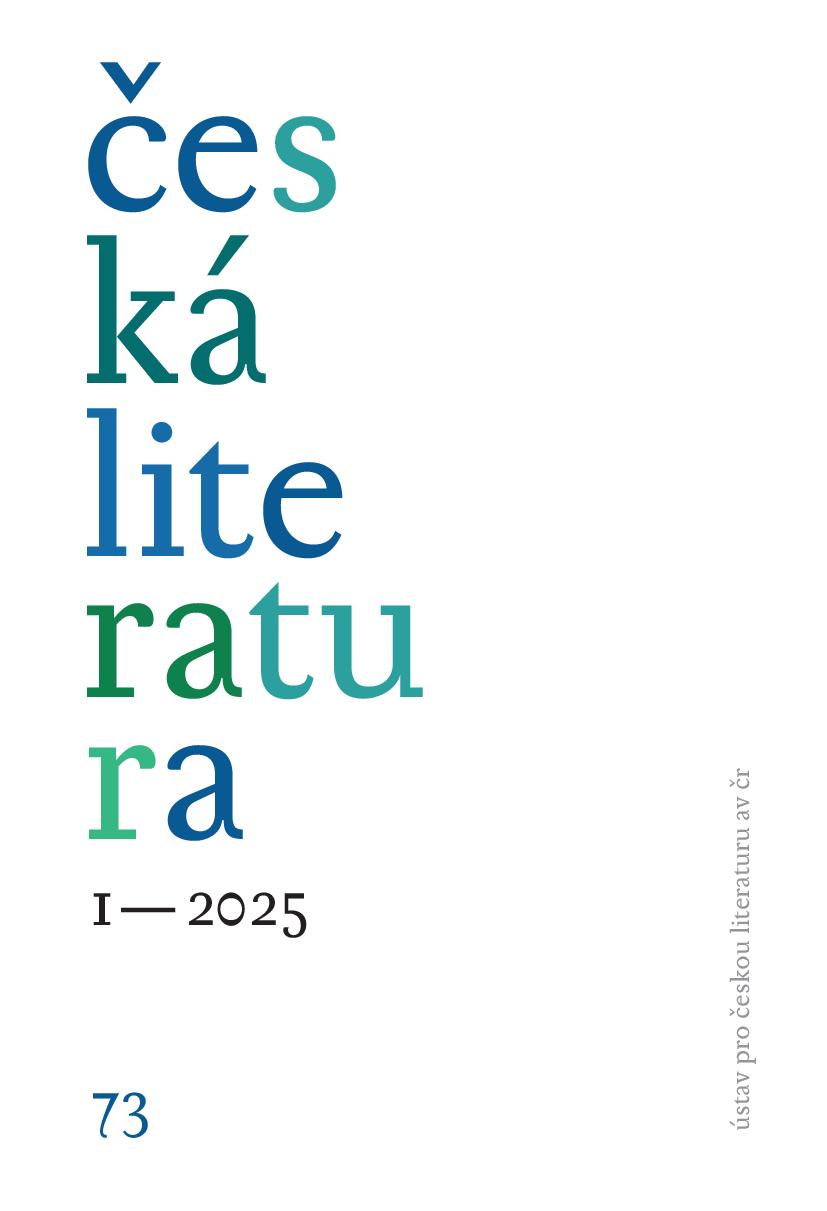
Vilém Mrštík wrote his dramatic debut Paní Urbanová at a time of polemics overrealism in which he participated intensively. Of major significance is his essayO realismu v dramatickém umění (1887) in which he defines the key principles of realisticdrama. The article thus considers both Mrštík’s texts in complementarity and traceshow the theoretical postulates were embodied in an artistic text. The comparisonshows that Paní Urbanová diverges from Mrštík’s theoretical premises in practicallyall key aspects to varying degrees. This is particularly apparent in the characters andthe heterogeneity of dramatic effects. Despite its failure on the stage, the significanceof Paní Urbanová lies precisely in its contribution to contemporary debates on realismin drama. Together with Mrštík’s theoretical essays, it represents a unique attempt tointroduce new requirements on a dramatic piece into the Czech environment.
More...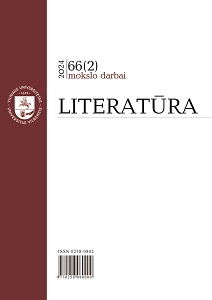
The review discusses aspects of unconventional stage interpretation of Tom Stoppard’s play Rosencrantz and Guildenstern are Dead. The premiere, directed by Yuriy Butusov, took place in September 2023 at the Old Theatre of Vilnius. The play has been interpreted as an open text with numerous intertextual references. The action is organized in the form of separate numbers-scenes, often almost unrelated to each other: dialogues of characters referring to Shakespeare’s Hamlet, to Samuel Beckett’s absurdist drama Waiting for Godot, vocal and dance scenes, musical fragments, acrobatic tricks, performative methods of playing with requisites. The audience’s attention is focused on finding and establishing connections between different elements of the performance, which resembles postmodern bricolage. The symbolic imagery of the production evokes a number of contexts among which the most expressive are mystery-metaphysical and grotesque-visional ones.
More...